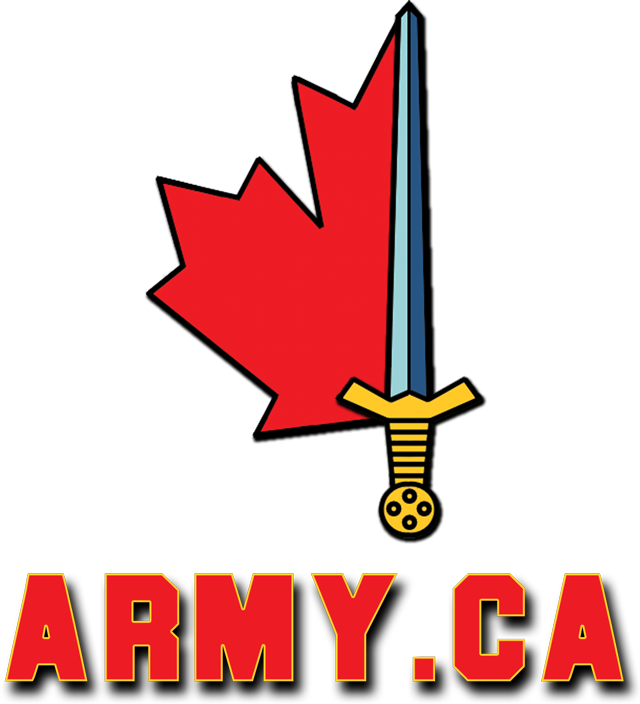The aviator-navigate-communicate challenge here is that a circling approach to 33 definitely overflies HELO4. As far as I can track things, AA5342 was originally lined up for 01, I can’t recall if it was IFR or already cleared visual (ie. Cancelled their IFR clearance and continued VFR for the circling approach to 33).
HELO4 really is set up to work with 01 arrivals and 19 departures. 33 arrival or 15 departure tracks definitely cross HELO4. When I flew the HELO4 down to KDAA, there wasn’t any traffic landing at DCA, so I can’t comment on what should happen, other than to surmise it would have been similar to the direction ATC have PAT25, to maintain visual separation and proceed behind the CRJ.
As a ‘semi’-reference (for context, not trying to recreate the respective approach paths), attached is the RNAV/GPS approach to DCA RWY33. This is an IFR approach and isn’t what was being flown by AA5342 that might, but it gives some idea about route and altitude and space.
For an IFR approach, the aircraft would follow the routing via GPS ( via KATRN, NADSE and IDTEK waypoints.) descending to the MDA(minimum descent altitude) of 680’ (corrected pressure altitude) until such time as the aircraft could see the runway environment and descend safely. If it could do so, it would fly a descent path roughly equating to a 3.0-3.1° glide path. To work backwards with altitudes, crossing the threshold crossing height (the TCH on the plate) of RWY33 at 37-40’ (depending if the pilots followed the GPS-driven flight director or followed the visual glide slope indicator (VGSI), back out 1/2mi and a 3° descent path would be up at 189-192’ altitude (37/40 + 6080’mi*1/2mi*3°/60°mi) and 1mi back would be up at 341-344’ (about where the accident occurred).
View attachment 91041



